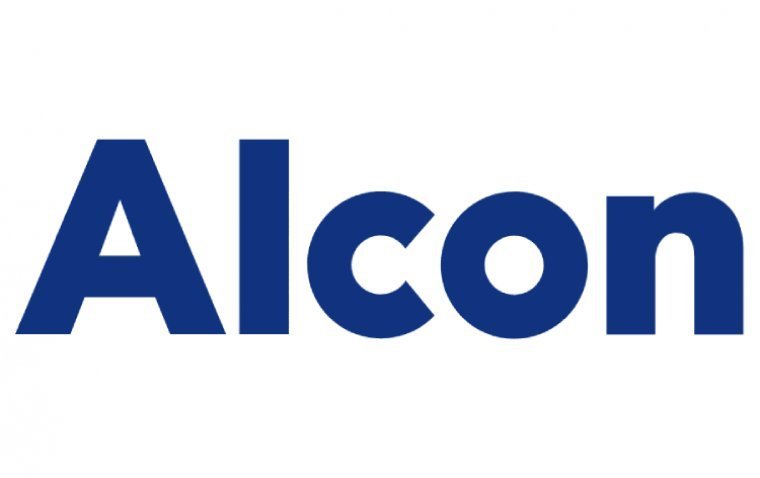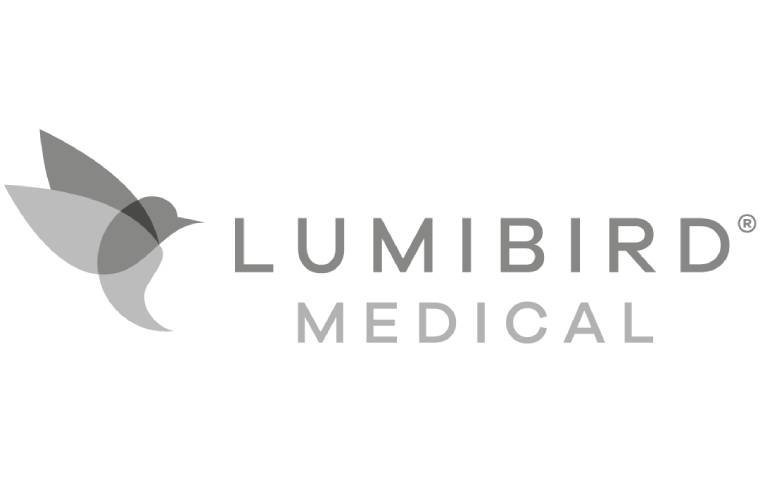
Skye Bioscience Shifts Focus After Phase 2 Glaucoma Trial Fails
Skye Bioscience's phase 2a clinical trial of its SBI-100 ophthalmic emulsion in patients with primary open-angle glaucoma (POAG) or ocular hypertension (OHT) has failed to meet its primary endpoint for lowering intraocular pressure (IOP).
Consequently, the company announced its decision to discontinue clinical development and spending related to SBI-100 and its ophthalmology pipeline. Instead, Skye will direct all clinical development resources to its metabolic program, aiming to extend its operating runway into 2027. The company's phase 2 obesity clinical trial for its CB1 inhibitor, Nimacimab, is expected to commence dosing in the third quarter of 2024.
Disappointment in Trial Results
In the phase 2a trial, 56 patients with elevated IOP were enrolled, diagnosed with either POAG or OHT. They received dosing of 1.0% or 0.5% concentrations of SBI-100 or a placebo, with one drop administered in each eye twice daily for 14 days. The primary endpoint was to assess the change in diurnal IOP in the treated arms versus placebo. However, the study did not achieve a statistically significant improvement in IOP over placebo. Despite this outcome, the drug was deemed safe, with all treated patients completing the study without early discontinuations due to adverse events.
Company Response
Tu Diep, Skye's Chief Development Officer, expressed disappointment in the trial's results, stating, "The results of this phase 2a clinical trial of SBI-100 OE unfortunately did not meet our pre-set criteria for continuation and further development of this molecule as an alternative treatment for glaucoma and ocular hypertension. We will continue to evaluate the full data set and intend to publish findings."
Shifting Focus
Meanwhile, Punit Dhillon, Skye's CEO and Chair, highlighted the company's shift in focus: "In the last year, we laid the groundwork for our metabolic program with the goals of diversifying our product portfolio's disease targets and therapeutic mechanisms, while significantly expanding our clinical and business opportunities. With this data outcome from our glaucoma program, we will now focus 100% of our efforts on broadening our metabolic clinical pipeline."
Nimacimab's Potential
Dhillon further emphasized the potential of Nimacimab's unique mechanism of peripheral CB1 inhibition in addressing the need for higher-quality, sustainable weight loss and better treatments for co-morbid conditions, particularly in light of the current therapeutic landscape biased towards incretin-based anti-obesity therapies. He concluded by expressing the company's anticipation in advancing Nimacimab through to data in 2025 and sharing updates on the clinical program.
Primary Open-Angle Glaucoma and Ocular Hypertension
Primary open-angle glaucoma (POAG) is the most common form of glaucoma and is characterized by a gradual increase in intraocular pressure (IOP) due to poor drainage of aqueous humor from the eye's trabecular meshwork. This increase in pressure can damage the optic nerve, leading to irreversible vision loss if left untreated. Ocular hypertension (OHT) refers to elevated IOP without any signs of optic nerve damage or vision loss. While OHT doesn't always progress to glaucoma, it is considered a significant risk factor for the development of the disease. Both POAG and OHT often have no noticeable symptoms in the early stages, underscoring the importance of regular eye exams to detect and manage these conditions effectively.
(1).jpg)










